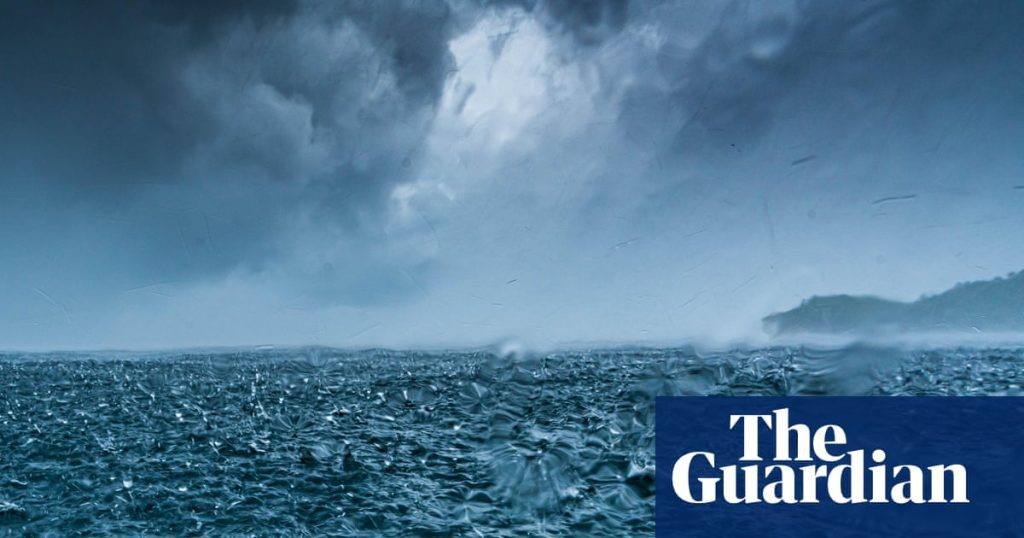The impending collapse of a vital Atlantic current can no longer be dismissed as a rare occurrence, according to a new study, emphasizing the urgent need to significantly reduce fossil fuel emissions to avert catastrophic consequences.
The Atlantic meridional overturning circulation (Amoc) plays a crucial role in the global climate system by transporting warm water from tropical regions to Europe and the Arctic, where it cools and sinks, creating a deep return current. Recent findings have revealed that the Amoc is currently at its weakest in 1,600 years due to climate change.
Previous climate models suggested that an Amoc collapse before 2100 was unlikely. However, this latest analysis incorporated longer-term models extending to 2300 and 2500. It indicates that the tipping point for an inevitable shutdown of the Amoc might be reached in just a few decades, though the actual collapse could occur 50 to 100 years later.
The research demonstrated that if carbon emissions continue to increase, 70% of the model scenarios result in collapse, while 37% of models show collapse under intermediate emissions levels. Even with low future emissions, 25% of the models predict a shutdown of the Amoc.
Scientists have consistently warned that avoiding Amoc collapse is vital, as it could disrupt rainfall patterns crucial for agriculture, bring extreme winter cold and summer droughts to western Europe, and raise sea levels by an additional 50 cm.
Prof. Stefan Rahmstorf from the Potsdam Institute for Climate Impact Research, involved in the study, expressed that the results are alarming. Previously, he estimated less than a 10% chance of collapse due to global warming, but now indicates that even with low emissions, the risk is around 25%.
The study, published in the journal Environmental Research Letters, highlights that many climate models suggest the tipping point could occur within the next 10 to 20 years, making it critical to act immediately to cut emissions. The authors caution that the modeling results might underestimate the risks, especially considering the additional meltwater from the Greenland ice cap affecting ocean conditions.



